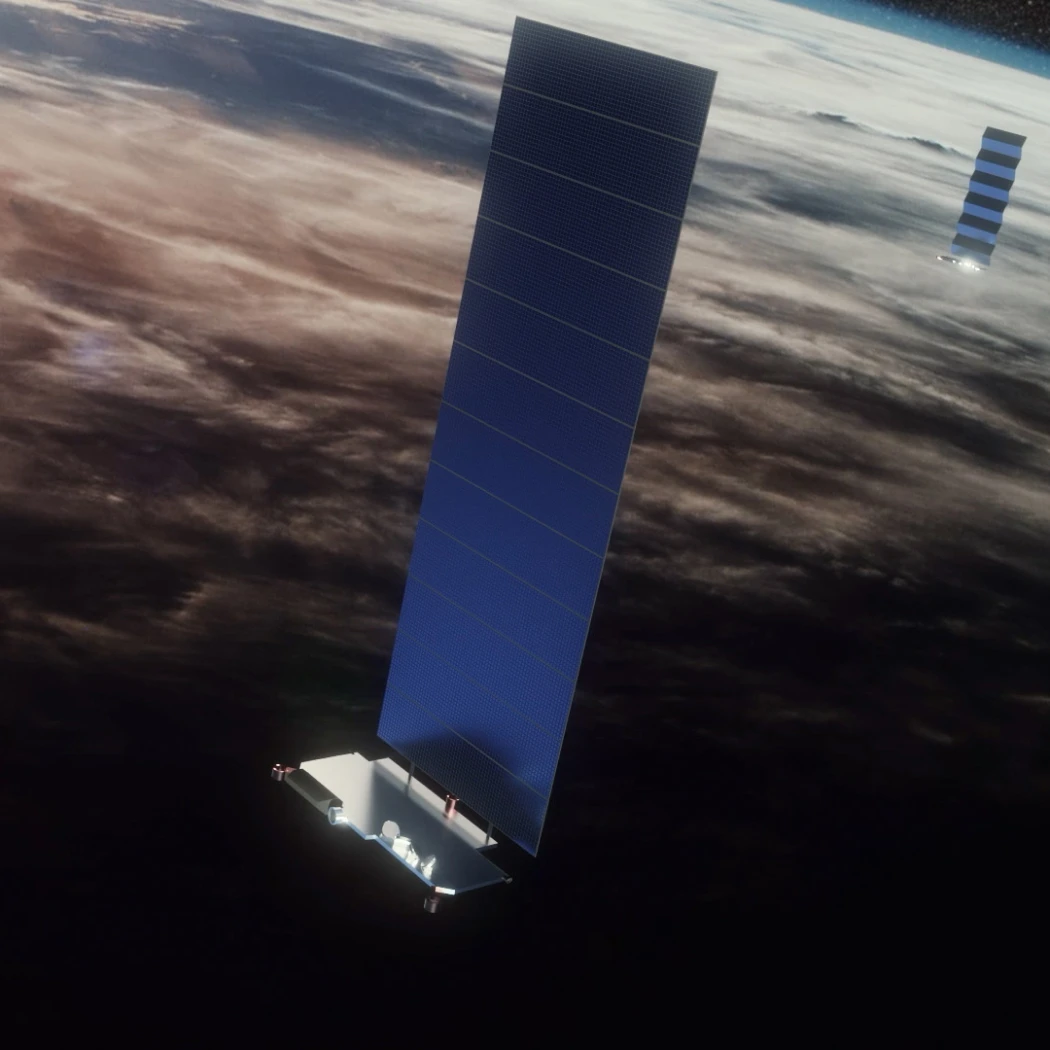Exploring the Future of Space Travel: Opportunities and Challenges
Exploring the Future of Space Travel: Opportunities and Challenges
As we stand at the threshold of a new era in space exploration, the possibilities seem endless. With private companies like SpaceX and Blue Origin leading the charge, governments investing heavily in space research, and innovative technologies on the horizon, the future of space travel is looking brighter than ever before. In this article, we’ll delve into the exciting opportunities and challenges that lie ahead, exploring what it means for humanity to venture further into our solar system and beyond.
The Current State of Space Travel
Let’s take a step back and examine where we are today. We’ve made incredible progress in space travel since the dawn of the Space Age in the 1950s. From landing humans on the moon during the Apollo era to establishing permanent human presence on the International Space Station (ISS), our achievements have paved the way for further exploration.
However, despite these successes, space travel remains a complex and costly endeavor. Launching a spacecraft into orbit requires an enormous amount of energy, fuel, and resources. The harsh environment of space – extreme temperatures, radiation, and microgravity – poses significant challenges to both human health and technological systems.
Emerging Opportunities
So, what’s on the horizon? Several key developments are set to revolutionize space travel in the coming years:
- Reusable Rockets: With SpaceX’s Falcon 9 and Blue Origin’s New Shepard, reusable rockets have become a reality. This technology enables faster, cheaper, and more frequent launches, reducing the barrier to entry for space travelers.
- Private Space Stations: Companies like Bigelow Aerospace and Axiom Space are developing private space stations that will provide commercial services, such as research facilities, life support systems, and accommodations for astronauts.
- Electric Propulsion: Electric propulsion systems, powered by advanced ion engines or Hall effect thrusters, offer significant improvements in efficiency and fuel consumption compared to traditional chemical rockets.
- Lunar and Mars Exploration: NASA’s Artemis program aims to return humans to the moon by 2024, while SpaceX’s Starship is being developed for both lunar and Martian missions. Private companies like Blue Origin are also eyeing the moon as a destination.
- Space Tourism: With Virgin Galactic’s SpaceShipTwo and Blue Origin’s New Shepard, space tourism has become a reality. Passengers will soon be able to experience weightlessness and witness the curvature of our planet from suborbital flights.
Challenges Ahead
While these opportunities are exciting, several challenges must be addressed before we can confidently venture further into space:
- Radiation Exposure: Prolonged exposure to cosmic radiation poses significant health risks for both humans and electronic systems.
- Life Support Systems: Developing reliable life support systems capable of sustaining human life for extended periods in space remains a daunting task.
- Gravity Mitigation: The effects of microgravity on the human body, particularly bone loss and muscle atrophy, require innovative solutions to mitigate.
- Communication: As we venture further into space, communication delays will become significant, making real-time communication with Earth increasingly difficult.
- Regulatory Frameworks: Governments and international organizations must establish clear regulations and guidelines for commercial space activities, ensuring safety and security.
Long-Term Goals
Looking ahead to the next few decades, some of the most ambitious goals in space travel include:
- Establishing a Human Settlement on Mars: NASA’s Artemis program and SpaceX’s Starship aim to send humans to Mars in the 2030s. Establishing a sustainable human presence on the Red Planet will require significant infrastructure development.
- Expanding Space Exploration to the Outer Planets: With advancements in propulsion systems, we may soon see missions to Jupiter’s moon Europa, Saturn’s rings, and even beyond our solar system.
- Developing In-Orbit Manufacturing and Recycling: As space travel becomes more frequent, developing capabilities for in-orbit manufacturing and recycling will help reduce reliance on Earth-based supplies.
The Future of Space Travel: A New Era
As we push the boundaries of space exploration, we’re not only expanding our understanding of the universe but also driving innovation and economic growth. The opportunities ahead are vast, from establishing lunar and Martian colonies to harnessing the resources of space for human benefit.
However, these challenges will require sustained investment, collaboration between governments, industry leaders, and academia, as well as a willingness to push the boundaries of what’s thought possible. As we embark on this new era in space travel, one thing is clear: the future is brighter than ever before, and humanity is ready to take the next giant leap.
Timeline for Space Exploration
To better visualize the opportunities and challenges ahead, here’s a rough timeline of major milestones:
- 2020s: Continued development of reusable rockets, electric propulsion systems, and space tourism ventures
- 2024: NASA’s Artemis program returns humans to the moon
- 2025-2035: Establishment of private space stations, lunar resource utilization, and Mars exploration efforts
- 2040s: Human settlement on Mars begins with initial missions from NASA and SpaceX
- 2050s: Expansion of space exploration to the outer planets, including Jupiter’s moon Europa and Saturn’s rings
- 2060s-2070s: Development of in-orbit manufacturing and recycling capabilities, enabling more sustainable space travel
Conclusion
As we embark on this new era in space exploration, it’s essential to remember that progress is a continuous process. We’ll face challenges along the way, but with collaboration, innovation, and perseverance, humanity will overcome them. The future of space travel is bright, full of opportunities for growth, discovery, and exploration.
So, buckle up, folks! The next giant leap is just around the corner, and we’re ready to take it together.
Sources
- NASA’s Artemis Program: www.nasa.gov/artemis
- SpaceX’s Starship: www.spacex.com/starship
- Blue Origin’s New Shepard: www.blueorigin.com/new-shepard
- Virgin Galactic’s SpaceShipTwo: www.virgingalactic.com/spaceshiptwo
Note: This article is a general overview and not an exhaustive resource. For more detailed information on space travel, exploration, and innovation, consult reputable sources such as NASA, SpaceX, Blue Origin, and peer-reviewed scientific journals.







